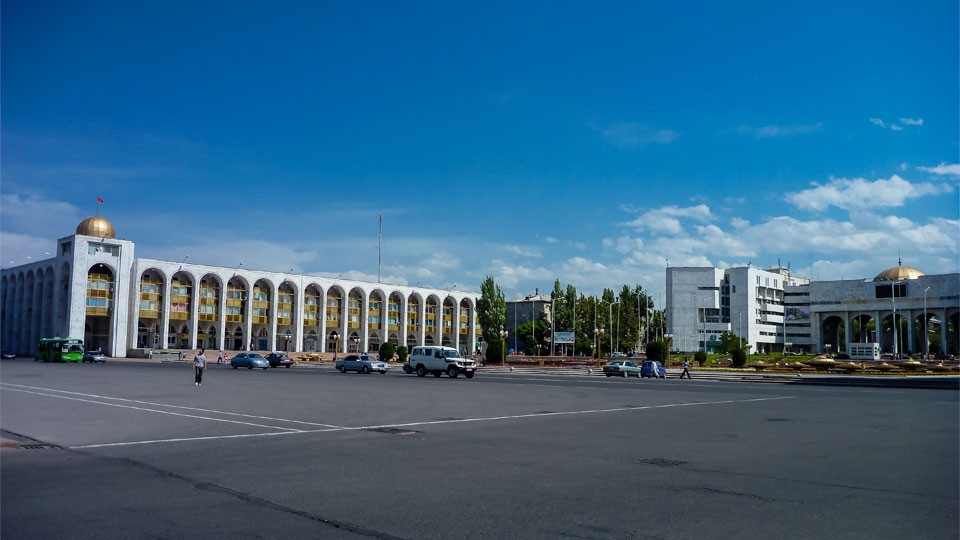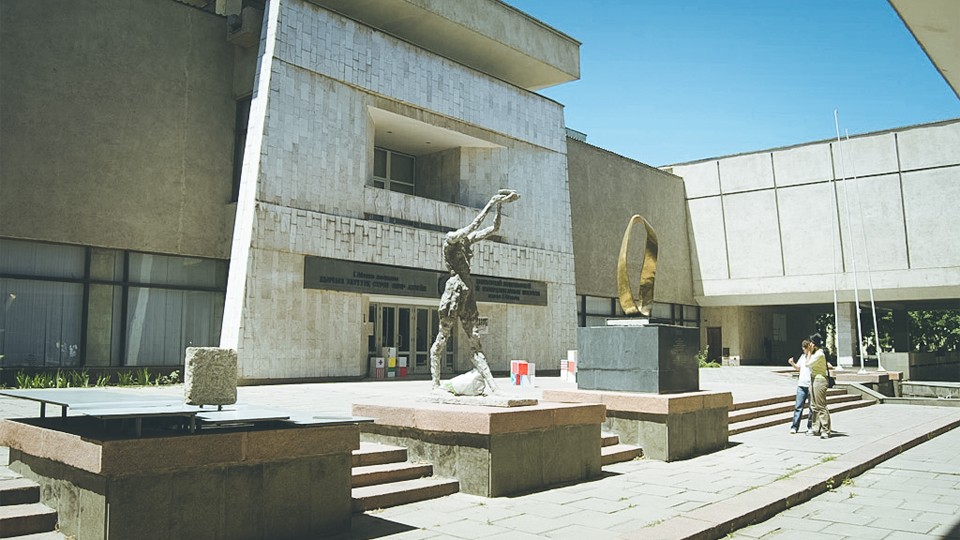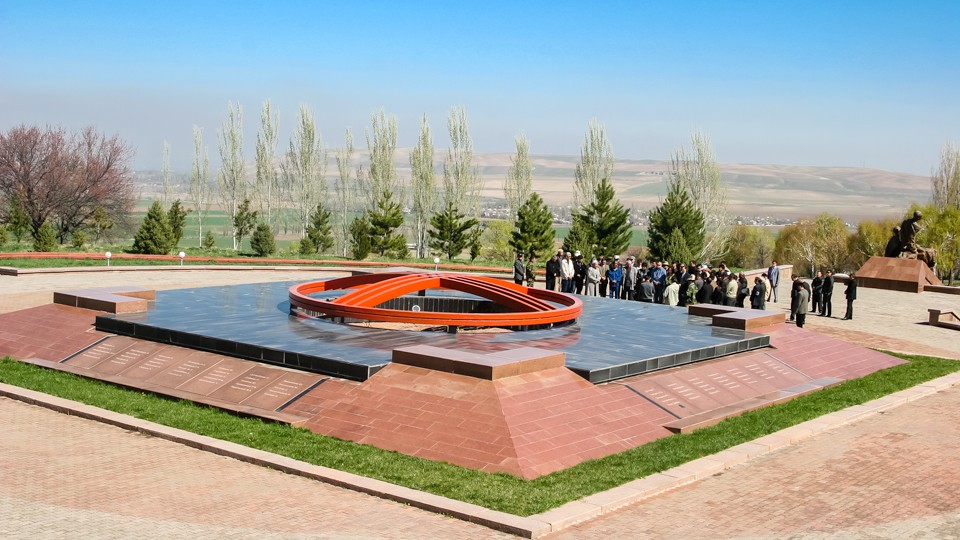Bishkek, formerly (1862–1926) Pishpek, or Bishkek, and (1926–91) Frunze, city and capital of Kyrgyzstan. It lies in the Chu River valley near the Kyrgyz Mountains at an elevation of 2,500–3,000 feet (750–900 metres). Bishkek is situated along the Alaarcha and Alamedin rivers and intersects in the north with the Bolshoy (Great) Chuysky Canal.



In 1825, the Khanate of Kokand established the fortress of “Pishpek” to control local caravan routes and to collect tribute from Kyrgyz tribes. On 4 September 1860, with the approval of the Kyrgyz, Russian forces led by Colonel Apollon Zimmermann [ru] destroyed the fortress. Nowadays the fortress ruins can be found little bit north from the Jibek jolu street, nearby the new main mosque.[6] In 1868, a Russian settlement was established on the site of the fortress under its original name, “Pishpek.” It lay within the General Governorship of Russian Turkestan and its Semirechye Oblast.
In 1925, the Kara-Kirghiz Autonomous Oblast was established in Russian Turkestan, promoting Pishpek to its capital. In 1926, the Communist Party of the Soviet Union renamed the city “Frunze,” after the Bolshevik military leader Mikhail Frunze (1885–1925), who was born there. In 1936, the city of Frunze became the capital of the Kirghiz Soviet Socialist Republic, during the final stages of national delimitation in the Soviet Union. In 1991, the Kyrgyz parliament changed the capital’s name to “Bishkek.”
Bishkek is situated at an altitude of about 800 metres (2,600 ft), just off the northern fringe of the Kyrgyz Ala-Too Range, an extension of the Tian Shan mountain range. These mountains rise to a height of 4,895 metres (16,060 ft). North of the city, a fertile and gently undulating steppe extends far north into neighbouring Kazakhstan. The river Chüy drains most of the area. Bishkek is connected to the Turkestan–Siberia Railway by a spur line.
Bishkek is a city of wide boulevards and marble-faced public buildings combined with numerous Soviet-style apartment blocks surrounding interior courtyards. There are also thousands of smaller, privately built houses, mostly outside the city centre. Streets follow a grid pattern, with most flanked on both sides by narrow irrigation channels, watering innumerable trees to provide shade in the hot summers.
